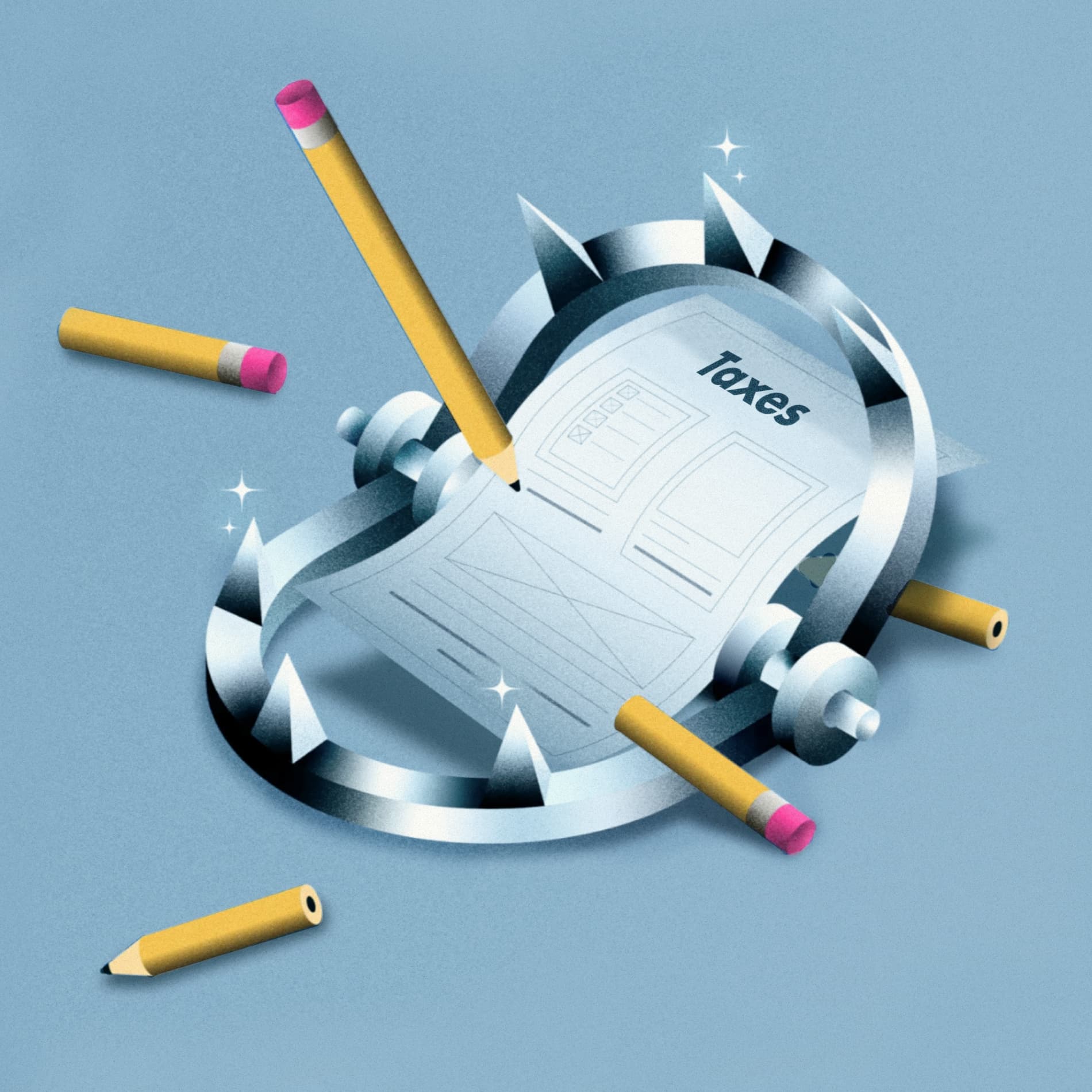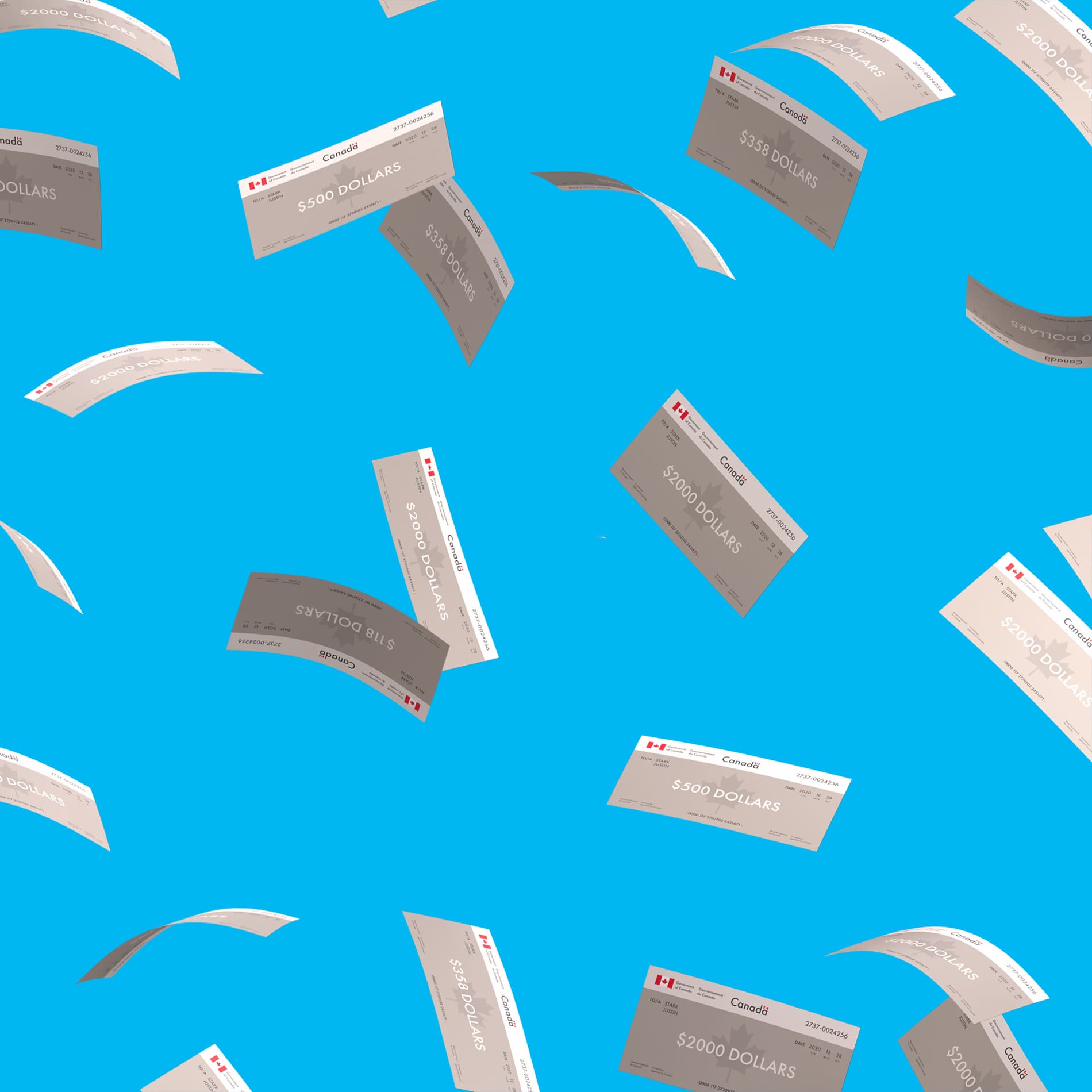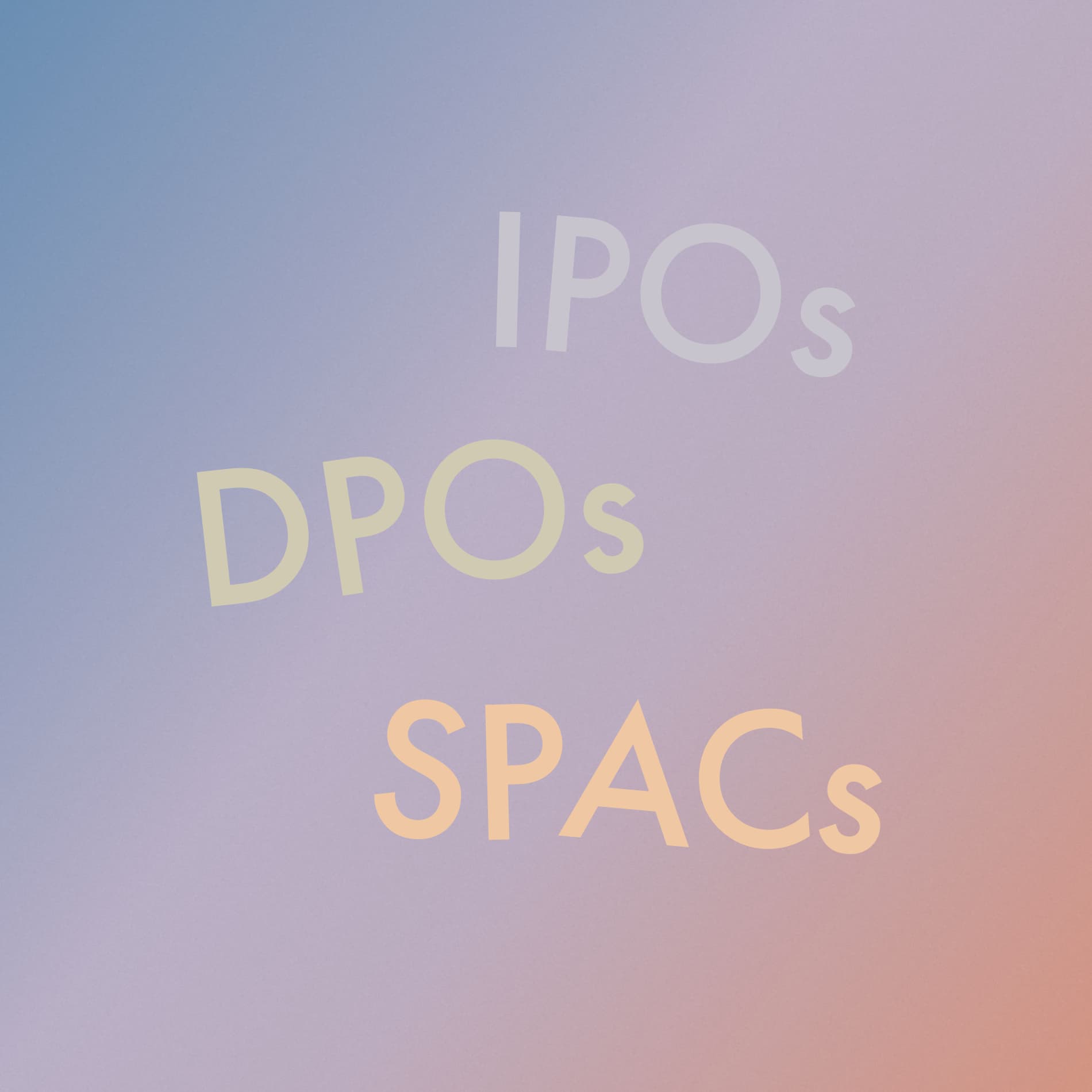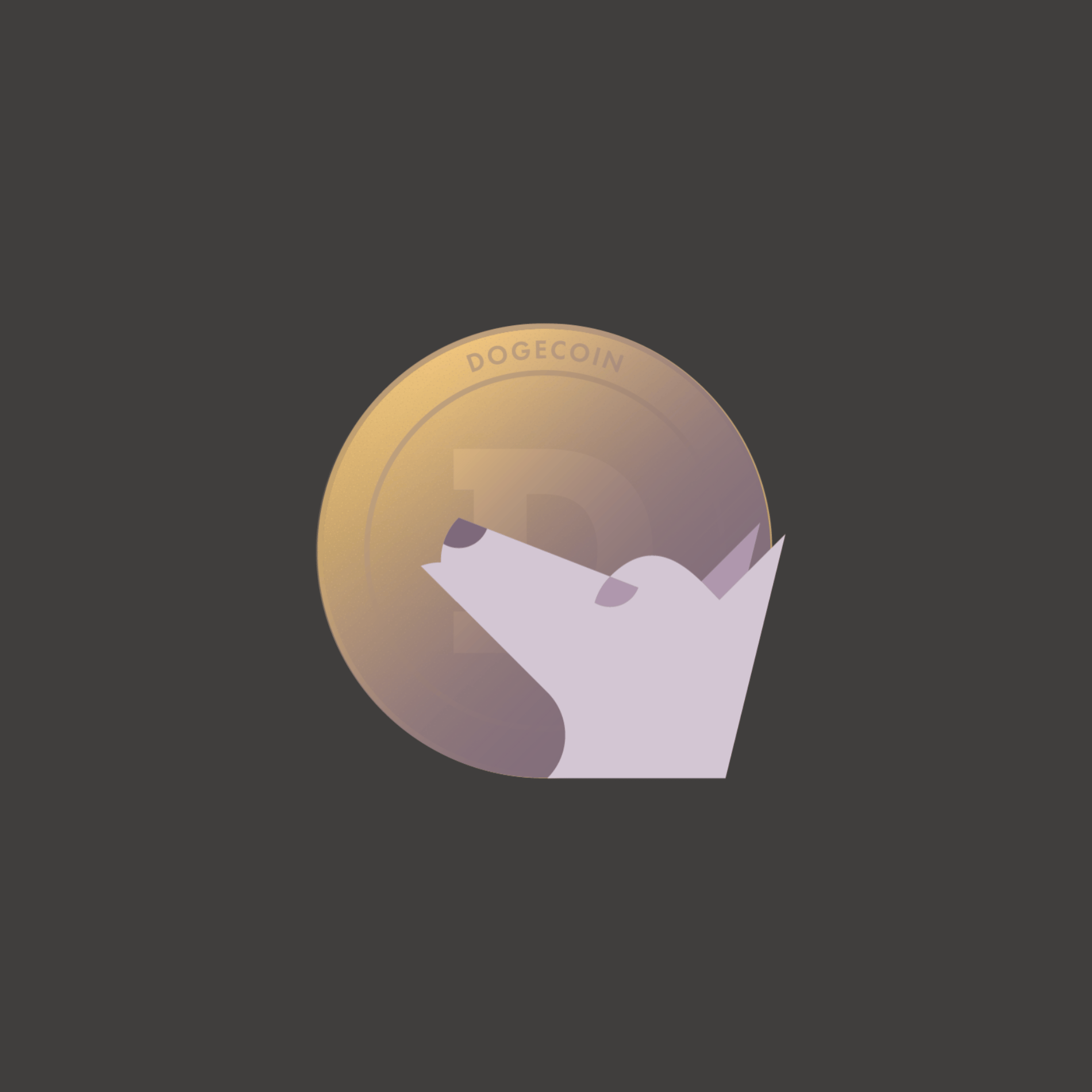
Finance for Humans
How To Know What Kind of Mortgage You Can Afford
When buying a house, it’s not how much you can pay every month; it’s how much you should pay if you’re being smart with your money.
Wealthsimple makes powerful financial tools to help you grow and manage your money. Learn more
Mortgages can be scary. They’re a huge commitment, and there are so many numbers involved, such mountains of paperwork, and aggressive ads popping up on our screens all the time telling us to do it right away with this company or that one. Well, first of all, don’t be scared. Don’t be ashamed if you don’t know your VRM from a hole in the ground. Just because you are a grown-up doesn’t mean that a mortgage calculator has been magically implanted into your brain. But we do think now’s a good time to learn about this stuff: According to the Canadian brokerage firm Invis, rates for the most common kind of mortgage in Canada are the lowest it’s been in 200 years — it’s not difficult to find a mortgage at 2.39%. That means it’s a pretty good time to go borrow a bunch of money from the bank to buy a house — if you’re smart about it.
There’s a lot to learn. And we’re going to follow up this post with a more comprehensive guide to shopping for a mortgage. But for now, let’s start with the most important thing: how much you should be trying to borrow.
The 20% Rule
When you’re shopping for a mortgage, you’re going to hear a lot of numbers. Interest rates, adjustment and amortization periods, points. We’ll get to all of that stuff in our next mortgage post. What we want to deal with now is how big a mortgage you should be shopping for. And when it comes to that, we recommend thinking about two things. The first is that you should put down at least 20% of the value of your house — i.e., borrow no more than 80% of the purchase price — as long as that leaves you with enough cash to cover your expenses for six months in an emergency. And as long as you’re socking money away for the future — hopefully 20% of your income. More on this later.
If you put down less than 20%, lots of unsavory things can happen. It’s true that sometimes you can get a lower interest rate it you put down less than 20%. But when you borrow more than 80%, the Canada Mortgage and Housing Corporation (CMHC) typically requires you to buy mortgage loan insurance to protect against default. That can really jack up the cost of your house. (If you’re interested in how much those premiums would be, Ratehub can help you with back-of-the-envelope math here.)

Sign up for our weekly non-boring newsletter about money, markets, and more.
By providing your email, you are consenting to receive communications from Wealthsimple Media Inc. Visit our Privacy Policy for more info, or contact us at privacy@wealthsimple.com or 80 Spadina Ave., Toronto, ON.
The Totally Different 30% Rule
That second thing you should think about is how big your mortgage payment should be every month.
Among economists, conventional wisdom has long held that housing costs—whether a monthly mortgage payment or rent—should not exceed 30% of your gross monthly income. But that doesn’t mean that your mortgage costs should be 30% of your income. When economists say housing costs, they mean not just principal and interest but also taxes, utilities, and insurance. Experts call this PITH: Principal, Interest, Taxes, and Heating. It’s a good idea to add other utilities to this figure, says Stockton Williams, the executive director of the Urban Land Institute’s Terwilliger Center for Housing. “These days that usually includes mobile and on-line access,” he says.
Banks use a similar equation to figure out how much money they’re willing to lend you. A lender generally won’t approve a mortgage if the borrower’s Gross Debt Servicing (GDS) exceeds 39%. GDS is calculated by adding up the amount of principal you pay each month, interest, property taxes, and heat, and condo fees, if applicable (only 50% of condo fees are countedin calculating GDS).
Does It Matter If I have Other Debt?
Saddled with law-school-loan debt? That’s part of the equation, too. “Your entire monthly debt load should not be more than 40% of your gross monthly income,” says Kelley Keehn, a Canadian personal finance expert and author. “That includes your housing costs plus car loans or leases, credit card payments, lines of credit payments. This figure is called your total debt service ratio [TDS].” Add all those debts up (don’t forget property taxes!) and divide by your income. If it comes out to more than 40%, you might want to think about a cheaper house.
Recommended for you

You Probably Shouldn't Panic Sell to Avoid Drawdowns
Finance for Humans

Nervous About Overheated Stocks? Let’s Revisit Four of Our Best-Ever Insights
Finance for Humans

Five Tax Traps — And How, If You Start Now, You Can Avoid Them
Finance for Humans

A Freelancer’s Guide to Saving Like a Corporate Lifer
Finance for Humans
Again, banks use the same math to decide how much they want to lend you. Lenders won’t approve a mortgage if it means your Total Debt Servicing (TDS) — that’s your GDS plus car payments, credit cards, alimony, and any other outstanding debt you have — will exceed 44% of your income.
Wait, That Math Is Kind of Hard. Who Can Help Me Out With That?
Ratehub has a user-friendly calculator to do the DTS math for you.
What If Paying My Mortgage Means I Won’t Be Able to Save for Retirement (or a Vacation House)?
Our motto here at WS is: Take care of yourself. And part of taking care of yourself is making smart financial decisions now so the financial decisions in your future will be that much easier. Sure, you’re building equity with your home, but that doesn’t mean you can just stop saving money. It’s much better to save a little now than to try to catch up later. Say you’re married and you each earn $60,000 per year and your goal is saving 20% of your income ($1,492) per month.Check out the numbers below to see how huge the difference is if you start saving early (assuming a rate return of 6%):
Start at age 20 (40 years of saving): $2,986,160
Start at age 30 (30 years of saving): $1,506,230
Start at age 40 (20 years of saving): $$692,811
Start at age 50 (10 years of saving): $245,730
Bonus Question: If I Suddenly Come Into Money, Should I Sock It Away or Pay Off My Mortgage?
If you have a windfall and feel like getting out from under your mortgage sooner than your term, it’s always a good idea. Interest rates won’t stay this low forever, after all. Just make sure you have that six-month cushion of cash reserves. “Most Canadian mortgages have flexible options for getting your mortgage paid off sooner,” Keehn says. “Each mortgage and bank is different, so check your documents.”
Just Remember: Pay Off the Debts With the Highest Interest Rates First
Student-loan debt typically has reasonably low and tolerable interest rates. You’re best off simply calculating your payment into your monthly cost-of-living expenses. But credit card debts or car loans with astronomical interest rates? There’s no sense in paying all that extra interest in the long term. Pay it off as soon as you can—just another way to take care of yourself.
Wealthsimple's education team is made up of writers and financial experts dedicated to making the world of finance easy to understand and not-at-all boring to read.






